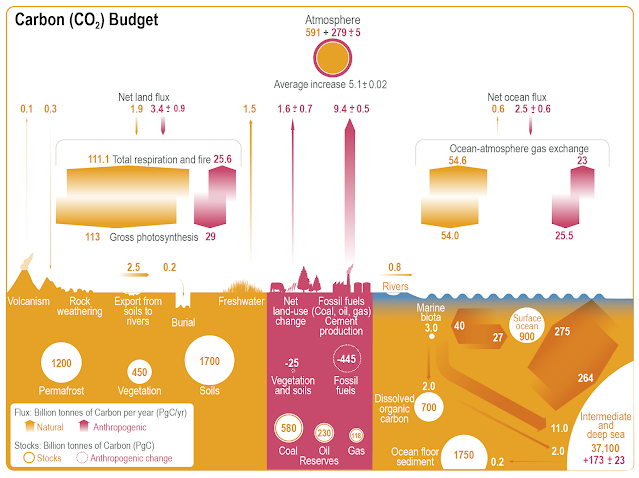Will CO2 Concentrations Stabilize without Drastic Emission Reductions?

A paper was published recently in an MDPI journal Atmosphere [1] by Joachim Dengler and John Reid (DR) that aims to show that we can keep global temperatures from eclipsing the 1.5 C target "if we keep living our lives with the current CO2 emissions – and a 3%/decade efficiency improvement."[2] I saw this paper highlighted on Judith Curry's blog , so I figured it deserved some attention. The basic argument is that the amount of absorbed CO2 increases with CO2 concentration, such that at 475 ppm CO2 we will achieve net zero emissions - natural sinks will absorb 100% of our emissions and CO2 concentrations will stabilize if we improve our efficiency at 3% per decade. And if this occurs, GMST will stabilize at 1.4 C above preindustrial levels, keeping us below the 1.5 C thresholds from the Paris Agreement and IPCC targets. This is a really odd paper. DR begin by acknowledging that a big portion of understanding how our carbon emissions affects climate depends on what percent...
.png)
.png)


